We do not wish to put forward a theory of critical empiricism. We rather intend to point out that every critical action is seen, in fact, as a composite of itself and the object being analyzed.
Indeed, Rossi's formalism appears to want to challenge even the original formulation of the linguistic formalism of Viktor Sklovsky or of Vsevolod M. Eichenbaum.
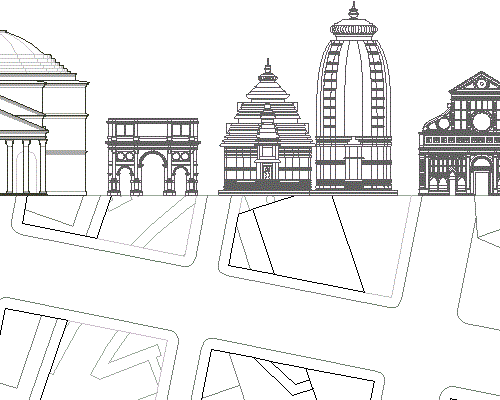
But the theory of information reveals little to us about Rossi's study of typological constraints.
Only by so doing will it be possible to become completely aware of the rationale behind his semantic distortions.
To understand Stirling's work it is necessary to refer to the technological aesthetic and the theory of information.
Let us attempt to reconstruct the analysis to date. It requires a specific reading of the languages employed as well as the use of different modes of approach to their analysis.
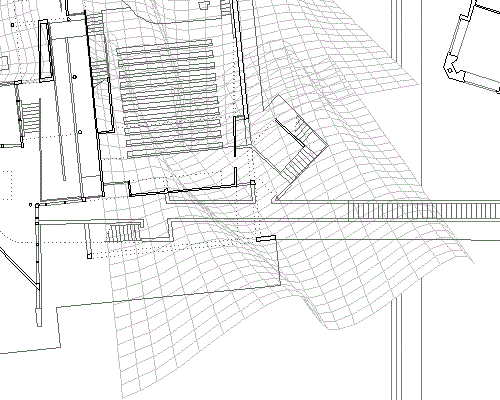
Only in this fashion can their nostalgic abandon be neutralized, and thereby acknowledge their need to remain in isolation (an acknowledgement, by the way, which would never be apparent from the self-satisfied stylistic gestures of Philip Johnson).
As examples of linguistic structures, we can only ask that they be rigorous in their absolute ahistoricism.
| |
It is then useless to ask if their "neo-purist" tendencies are or are not effective.
However, their objective role is without doubt to provide a selected catalogue of design approaches applicable to predetermined situations.
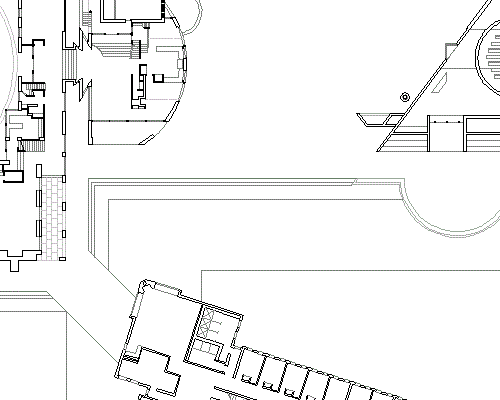
It is of little interest to us to ask how such works may appear as a heresy within the American culture.
Within this work, as well as in the more hieratic and timeless syntactic decompositions of Eisenman, we may see a sort of analytic laboratory devoted to experimentation upon highly select forms, rather than just a mere penchant for Terragni or a taste for the abstract.
"Semantic distortion," the pivotal point of the Russian formalists, is thus brought to life again in an obvious manner at the Benacerraf House by Graves.
It is the sort of formalism, in its original guise, which is perpetuated through their work.
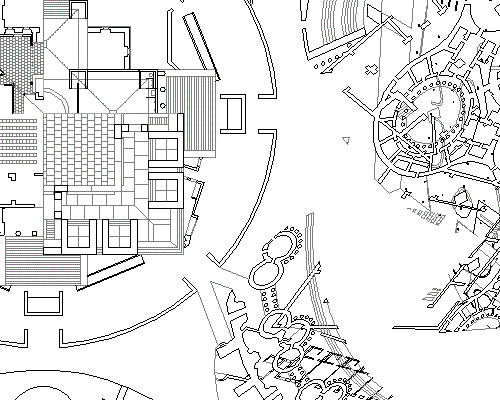
In other words, Michael Graves, Peter Eisenman and Richard Meier give new life to a method which springs from the classification of the syntactic processes.
Having established a system of limitations and exclusions, Graves is able to manipulate his materials in a finite series of operations; at the same time this system allows him to show how a clarification or an explication of linguistic processes permits an indirect control over the design, always within the predeiermined system of exclusions.
| |
(The only source which appears to defy such an interpretation is that which refers to the Modern movement; nevertheless, this is read by Graves as only signifying "metaphysical" and "twentieth century," thus permitting our schema to remain valid.)
Yet we should be wary. We are again dealing with "closed systems," within which the themes of polysemy and pluralism are formed and controlled, and within which the possession of the aleatory is resolved in an institutional, or at best "monumental," format.
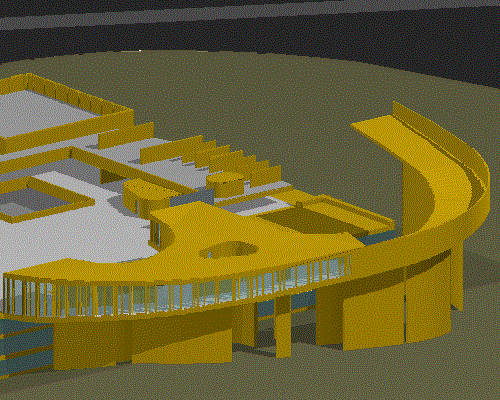
Mario Gandelsonas has correctly singled out the specific areas of interest in the work of Michael Graves--the interest in the classicist code, cubist painting, the traditions of the Modern movement, and nature.
Is it indeed possible to speak of their work as "mannerism among the ruins"?
To what point then is this attitude comparable to that of the "Five Architects" who, in the panorama of international architecture, appear closest to conceiving of architecture as a reflection upon itself and upon its internal articulations?
Thus neither De Feo nor Manieri-Elia are able to link their choice of reference code to a suitable act of engagement (which in itself may have other means of self-expression).
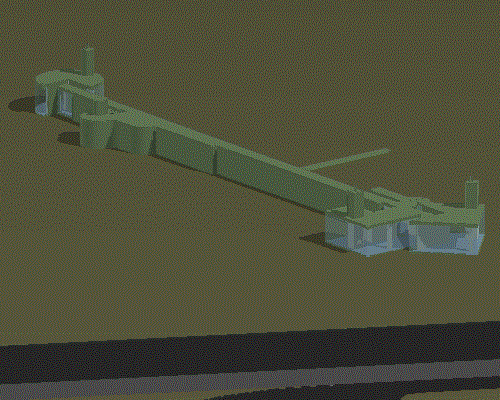
Yet by accepting the relative independence of syntactic research, we are then confronted with the arbitrary qualities of the reference code.
Those who concentrate on linguistic experimentation have lost the old illusions about the innovative powers of communication.
|





